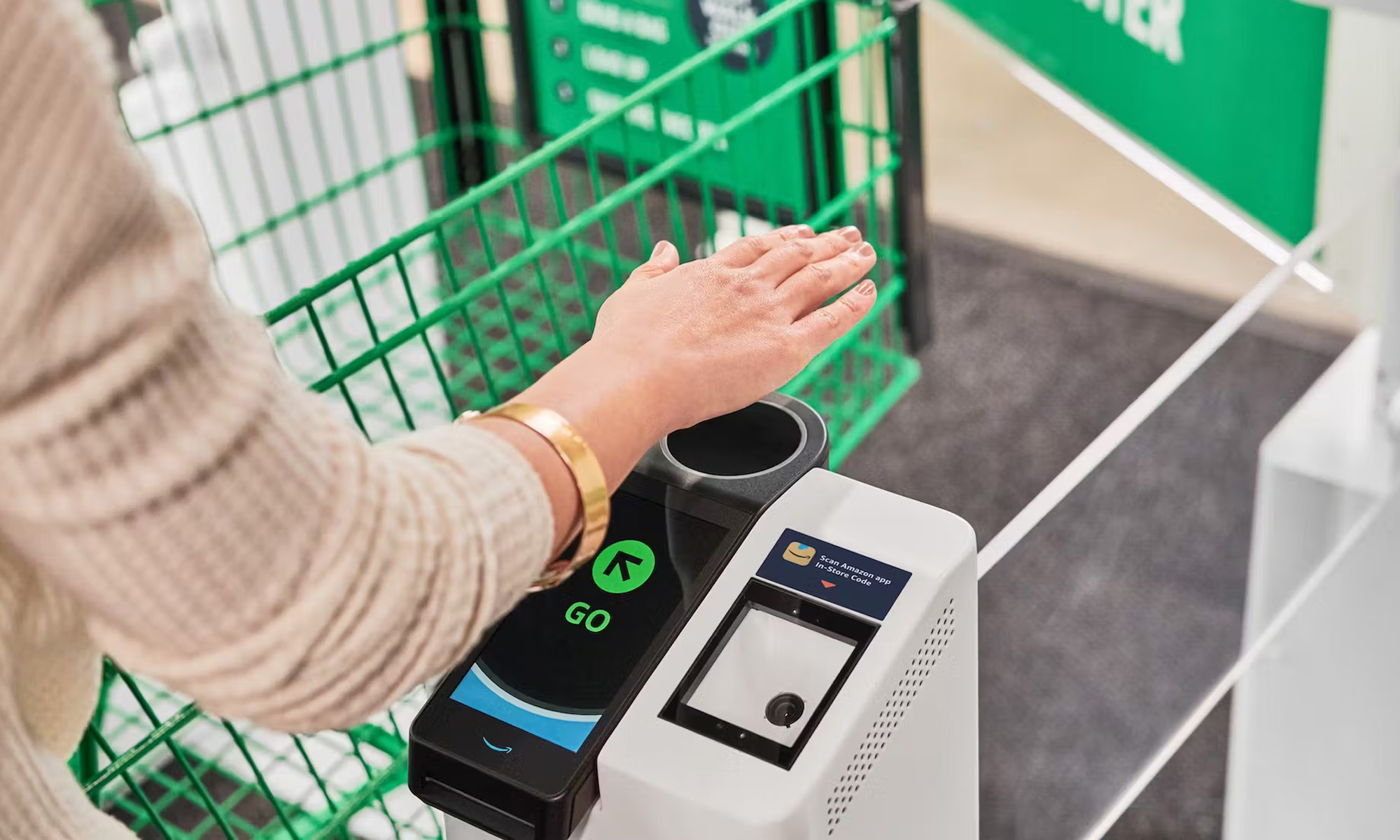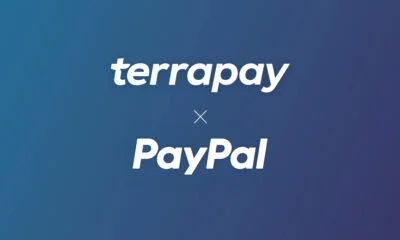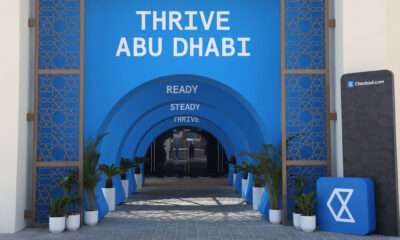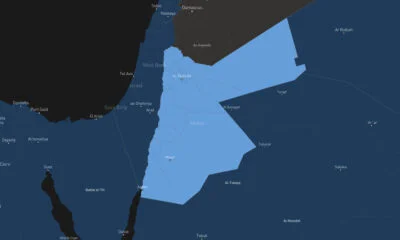News
UAE Stores May Soon Accept Payments Through Your Palm
The technology is known as PalmPay and will be rolled out throughout 2024, allowing users to leave their phones and bank cards at home.

Shoppers in the United Arab Emirates may soon be able to leave their phones and bank cards at home as a new payment technology rolls out across the country this year.
PalmPay, a system devised by developers Astra Tech, uses contactless biometric palm recognition technology. It allows users to hover their hand over a payment terminal to make a payment, just like in a sci-fi movie.
“The rollout of the PalmPay technology is planned to happen gradually throughout 2024,” Abdallah Abu Sheikh, founder of Astra Tech, explained. “We currently have a certain number of machines which will be used for testing purposes within the local market infrastructure [ensuring] complete readiness for scaling to over 50,000 PayBy merchants throughout the year,” Sheikh added.
PayBy is a popular UAE payment platform and fintech subsidiary of Astra Tech. The company also has plans to integrate the palm recognition technology with banks “in the future”, enabling users to link their accounts with it.
PalmPay will be free for users who will be able to register using their devices at special point-of-sale terminals. In the future, palm authentication will be integrated into apps, allowing customers to update their accounts with palm prints through an authentication feature on their phones.
Also Read: A Guide To Digital Payment Methods In The Middle East
Astra Tech says the technology is more secure than traditional card payments and is not limited to specific industries or sectors. The company believes PalmPay will work especially well in high-volume sectors such as retail stores and could significantly speed up the checkout experience during busy times.
Aside from the wow factor, PalmPay is said to be a “cost-effective solution” for merchants and could help “financial inclusion for the unbanked population”, Astra Tech explained.
News
Google Releases Veo 2 AI Video Tool To MENA Users
The state-of-the-art video generation model is now available in Gemini, offering realistic AI-generated videos with better physics, motion, and detail.

Starting today, users of Gemini Advanced in the MENA region — and globally — can tap into Veo 2, Google’s next-generation video model.
Originally unveiled in 2024, Veo 2 has now been fully integrated into Gemini, supporting multiple languages including Arabic and English. The rollout now brings Google’s most advanced video AI directly into the hands of everyday users.
Veo 2 builds on the foundations of its predecessor with a more sophisticated understanding of the physical world. It’s designed to produce high-fidelity video content with cinematic detail, realistic motion, and greater visual consistency across a wide range of subjects and styles. Whether recreating natural landscapes, human interactions, or stylized environments, the model is capable of interpreting and translating written prompts into eight-second 720p videos that feel almost handcrafted.
Users can generate content directly through the Gemini platform — either via the web or mobile apps. The experience is pretty straightforward: users enter a text-based prompt, and Veo 2 returns a video in 16:9 landscape format, delivered as an MP4 file. These aren’t just generic clips — they can reflect creative, abstract, or highly specific scenarios, making the tool especially useful for content creators, marketers, or anyone experimenting with visual storytelling.
Also Read: Getting Started With Google Gemini: A Beginner’s Guide
To ensure transparency, each video is embedded with SynthID — a digital watermark developed by Google’s DeepMind. The watermark is invisible to the human eye but persists across editing, compression, and sharing. It identifies the video as AI-generated, addressing concerns around misinformation and media authenticity.
While Veo 2 is still in its early phases of public rollout, the technology is part of a broader push by Google to democratize advanced AI tools. With text-to-image, code generation, and now video creation integrated into Gemini, Google is positioning the platform as a full-spectrum creative assistant.
Access to Veo 2 starts today and will continue expanding in the coming weeks. Interested users can try it out at gemini.google.com or through the Gemini app on Android and iOS.
























